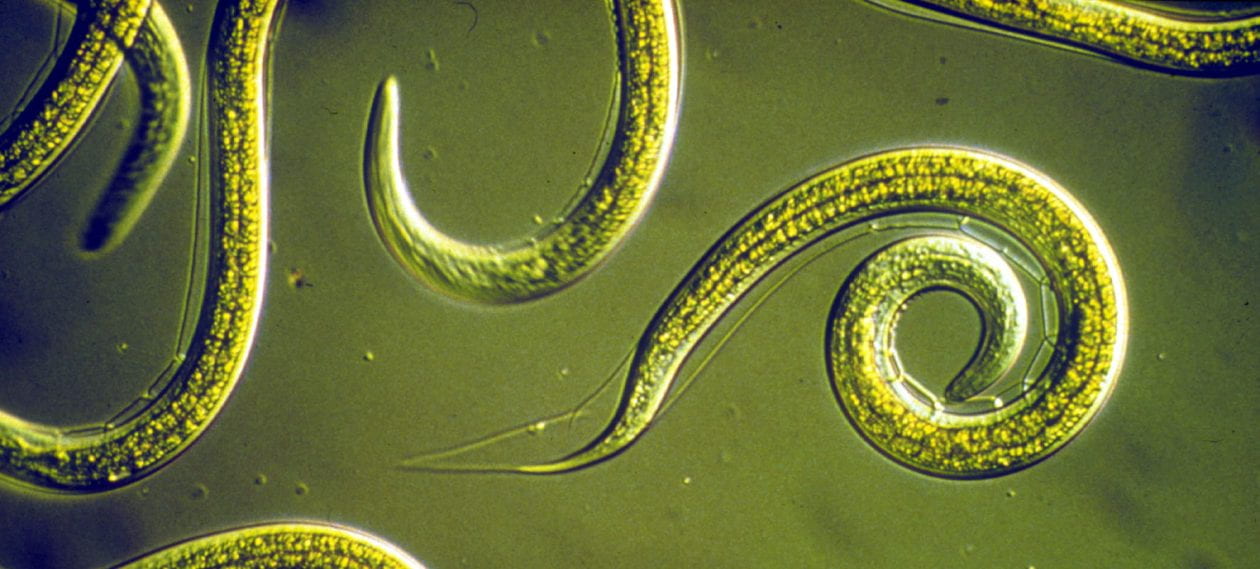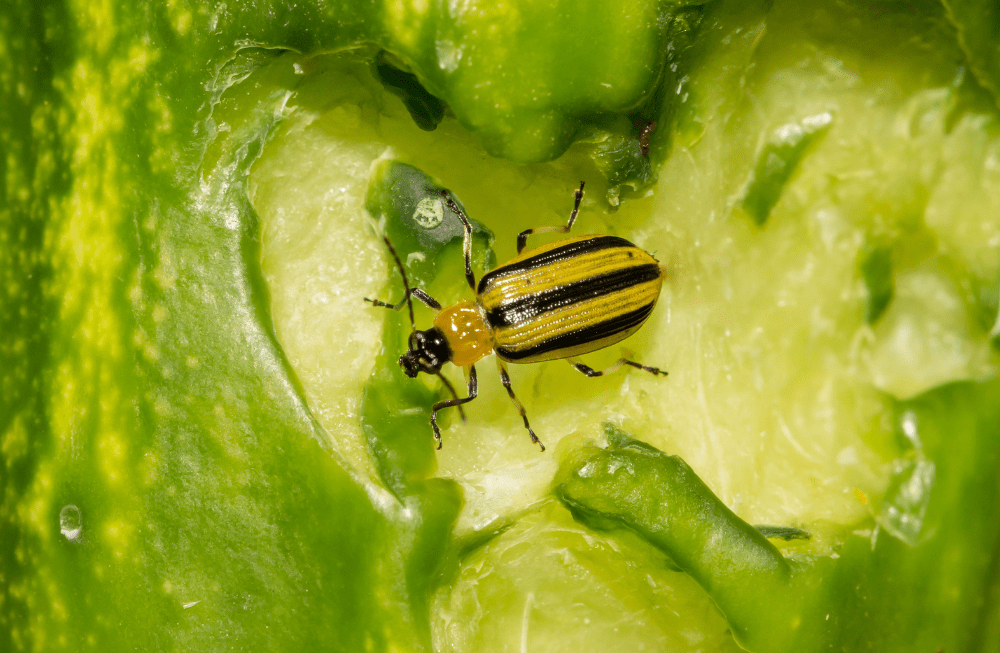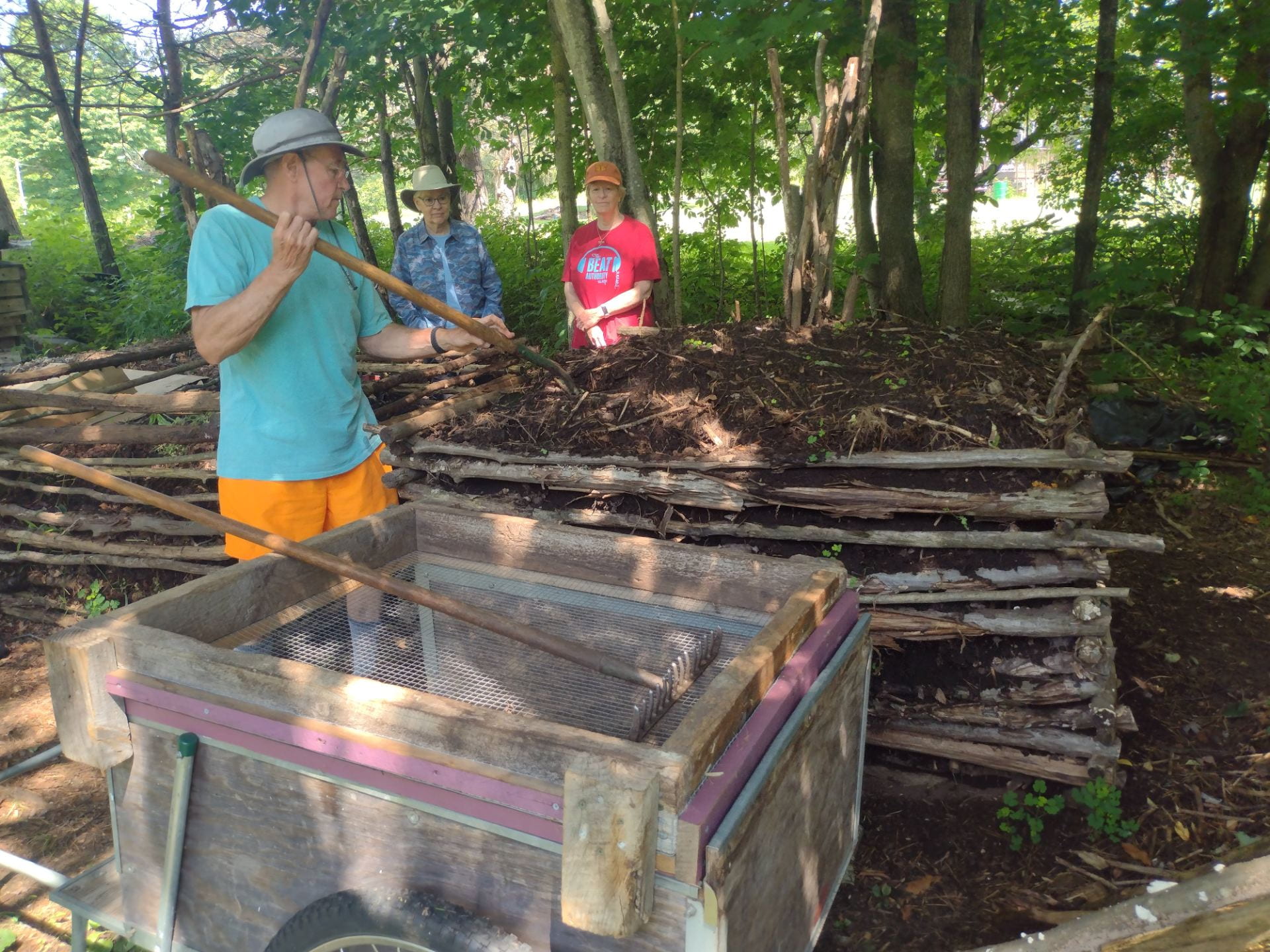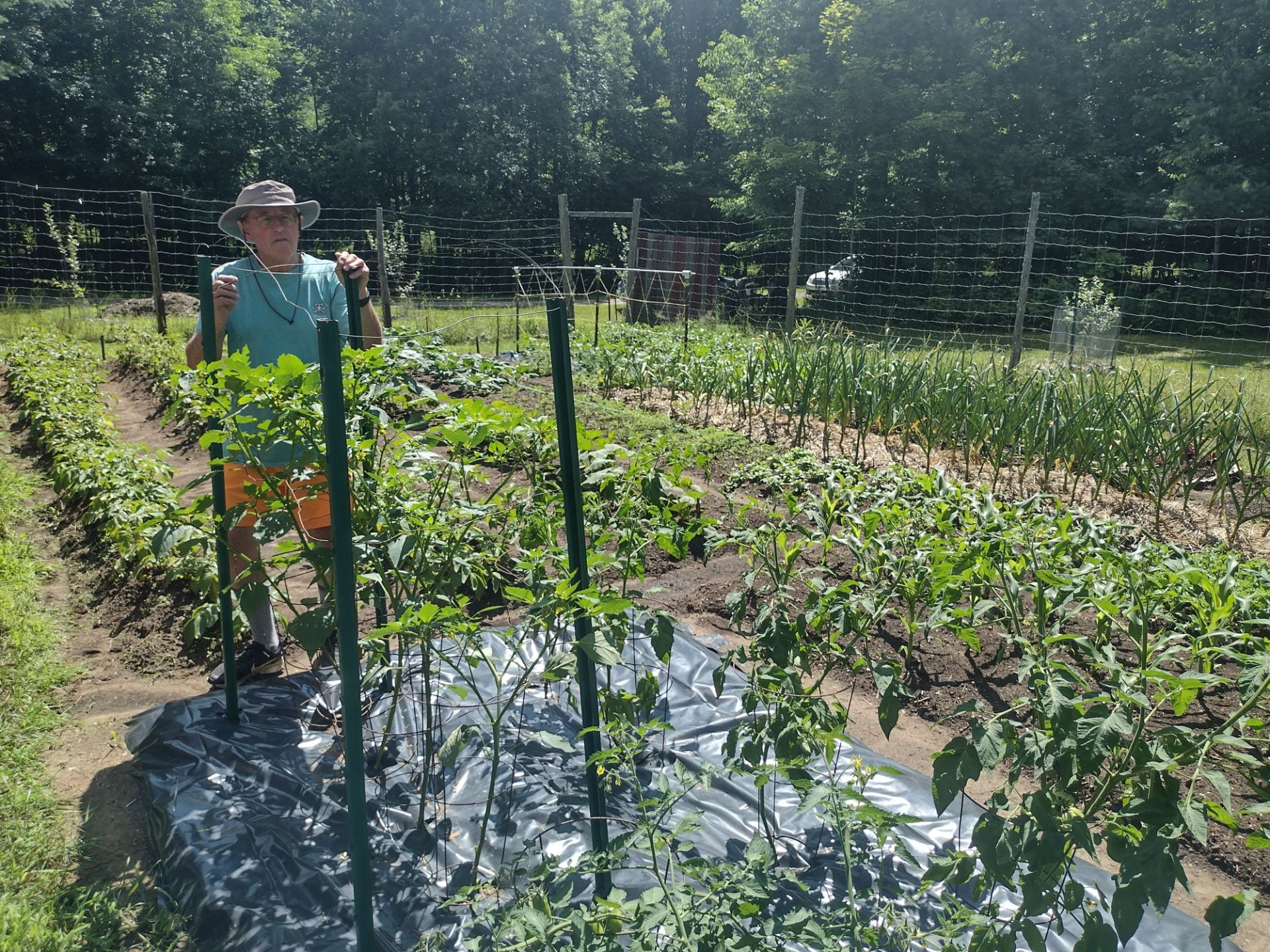While I’ve lived for decades in northern NY, during COVID my daughters felt that I should not be alone, so I lived with my family in Connecticut for eight months. My children knew I couldn’t give up growing plants so they ordered me an Aerogarden, and my indoor gardening adventure began! My daughter-in-law loved it too and bought one for herself. Once I returned home, I ordered another one… That was the beginning of really being addicted. I have one at the entrance to my kitchen for lettuce and cherry tomatoes (pictured above). People come in and break off a piece of lettuce for a snack. I do that now, too. It grows enough for my salads all winter.
Aerogardens are essentially hydroponic gardens, and are simple to set up and use. They can be used to start seedlings for transplanting in grow boxes or outside. The pods to start seeds fit in small cavities and can be covered. Normally they are set up to get sixteen hours of light per day. They need liquid fertilizer every two weeks and tend to grow to transplanting size more quickly than conventional plantings. The light can be raised as the plants grow, so a few smaller plants can be left in the Aerogarden to mature. Read more Mary’s indoor gardens





